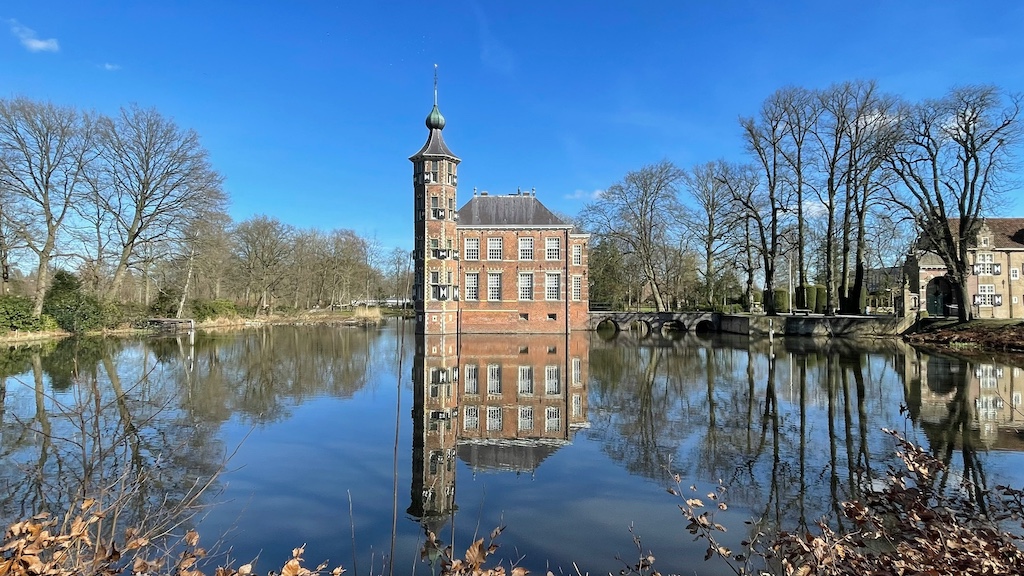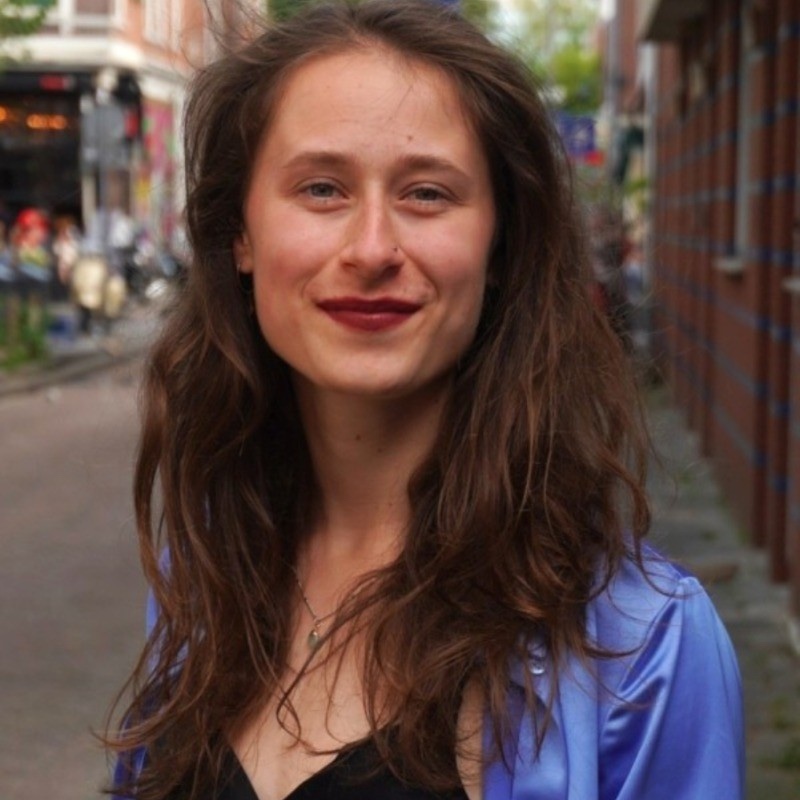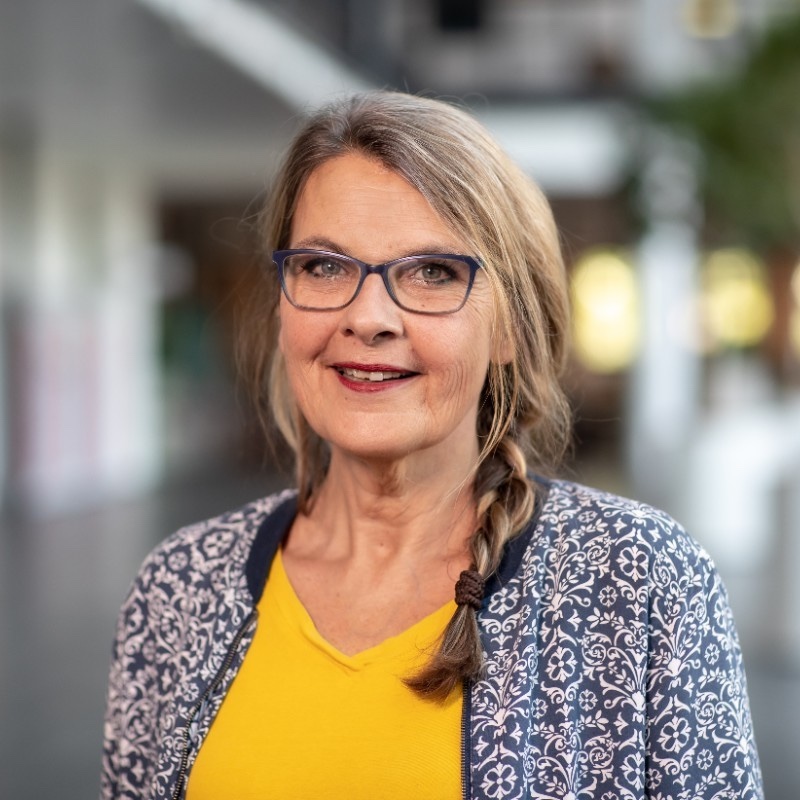
What is health?
Introduction
The physiotherapy bachelor programme at Avans University of Applied Sciences in the Netherlands lasts four years (180 EC). The SDGs of good health and wellbeing (3), reducing inequalities (10), and sustainable cities and communities (11) are integrated throughout the courses. The goals mentioned above are also present in internships and classroom education. Two examples are non-binary patient cases and study help for people with ADHD, Autism, depression, or sensory impairments.
In the first year, the focus is on humans’ life stages: my health, growth and development, staying healthy and ageing.
The “What is health” section provides a broad perspective on health and adds depth to the case-based education module about my health in year one, period 1.
Overview of the lessons
Who decides if someone is healthy or sick? It seems so simple. If you are sick, you are just ill, right? But is it that simple? During this lesson, the students explore the concept of health. What is the meaning of health? Which phenomenon views exist? Do we all interpret health the same way? And does the way you view health matter?
The class aims to better understand how views on health have changed over the years and how health is viewed today (1).
Timeline: link to complete timeline and code, further sources Hubert’s positive health (2), Social constructivism (3) Biological systems (4)
The lesson highlights the enduring influence of Plato’s perspective on the contemporary healthcare system. Medical professionals predominantly adopt a biomedical approach, in which patients seek treatment for physiological ailments from physicians, while psychologists address psychological concerns. This dichotomy between body and mind remains evident despite growing recognition that a more holistic perspective on health more accurately reflects reality. This discussion is a segue to the next lesson, where students examine Machteld Huber’s concept of Positive Health, defined as “the ability to adapt and self-manage in the face of social, physical, and emotional challenges.”
In the second lesson, students engage in a conversation about how the spider web of positive health can help us make sense of our perceived health and that of the people around us.
In the third lesson, we further explored the concept of Positive Health by examining the lifestyle factors in the Blue Zones, regions known for their long-lived populations. These areas highlight the importance of a holistic approach to health, where physical, social, and emotional well-being are closely linked. This perspective supports Machteld Huber’s definition of Positive Health, emphasising the ability to adapt and manage various challenges. Students discussed how the Blue Zones’ focus on strong social networks, regular physical activity, and balanced diets aligns with a broader understanding of health beyond the traditional biomedical model.
Conclusion
The three lessons explored the evolving concept of health in physiotherapy. Initially, students thought about what they think of, when thinking about health. Furthermore, they examined the traditional biomedical model, which focuses on physical illness, and discussed its limitations. The second lesson introduced Positive Health, emphasising a multidimensional approach that includes physical, mental, and social well-being. The third lesson further expanded on this by incorporating insights from the Blue Zones, highlighting the importance of lifestyle factors such as social connections and physical activity. This sequence of lessons encourages a broader, more holistic understanding of health, which is essential for inclusive physiotherapy practice.

Anne de Beus (MSc)
Lecturer, Avans University of Applied Sciences, Breda, Netherlands

Eveline de Smidt (MSc)
Lecturer, Avans University of Applied Sciences, Breda, Netherlands
Ideas for next steps
Building on the broader understanding of health developed in the lessons, future physiotherapy education can integrate environmental considerations into this holistic approach. By exploring how environmental factors, such as pollution and climate change, affect individual health, students can better understand the interconnectedness of health and the environment. Educators could promote sustainable practices in physiotherapy, such as encouraging outdoor rehabilitation and reducing clinic waste, while teaching students the importance of addressing environmental determinants of health. This approach would help future physiotherapists consider the well-being of individuals and the impact of healthcare on the planet.
References
(1) Wat is gezondheid? – AWEG 1.1 Mijn gezondheid 2024-25 P1 [Internet]. [geciteerd 26 februari 2025]. Beschikbaar op: https://brightspace.avans.nl/d2l/le/lessons/177526/lessons/1177992
(2) NKGVE [Internet]. [geciteerd 10 februari 2025]. Positieve gezondheid. Beschikbaar op: https://noordkopgezondvoorelkaar.nl/inwoners/inwoners-4-2/
(3) Bergman E, de Feijter J, Frambach J, Godefrooij M, Slootweg I, Stalmeijer R, e.a. AM Last Page: A Guide to Research Paradigms Relevant to Medical Education. Acad Med. april 2012;87(4):545.
(4) Biology Articles, Tutorials & Dictionary Online [Internet]. 2021 [geciteerd 10 februari 2025]. Biological system – Definition and Examples – Biology Online Dictionary. Beschikbaar op: https://www.biologyonline.com/dictionary/biological-system


0 Comments